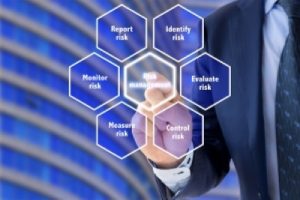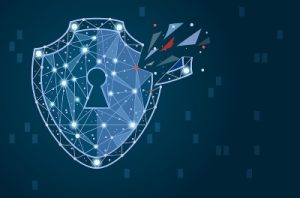
As the federal government continues to reshape the size and mission of government agencies, the Office of Personnel Management (OPM) and HR functions within agencies are reimagining how to manage the work of government.
Governmentwide Human Capital Management
With an eye toward efficiency, the OPM is looking for a way to streamline the management of human capital functions. The OPM estimates the federal government runs at least 119 human capital-management systems. These systems have limited interoperability, making it hard to get a full picture of the talent within the federal government. According to OPM Director Scott Kupor, the 44,000 HR professionals employed in government have to navigate "outdated and duplicative technology systems" as they look to build a workforce of the future.
The agency recently issued a request for proposals (RFP) for a single governmentwide human capital management (HCM) system. This system would be a single source of information on job titles, salaries, benefits, and employment histories, enabling full visibility into the federal workforce. With this visibility, hiring processes across agencies could be more consistent and streamlined. This change could also enable workers to more easily move between agencies into roles that are a match for their talent and goals, building a more flexible career path within government. Continue reading







